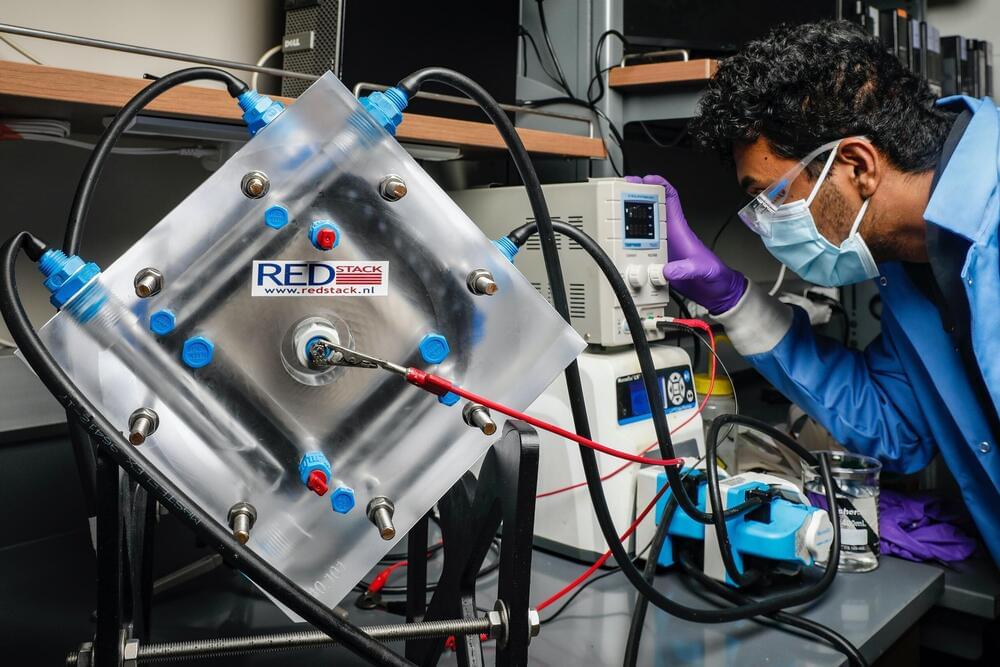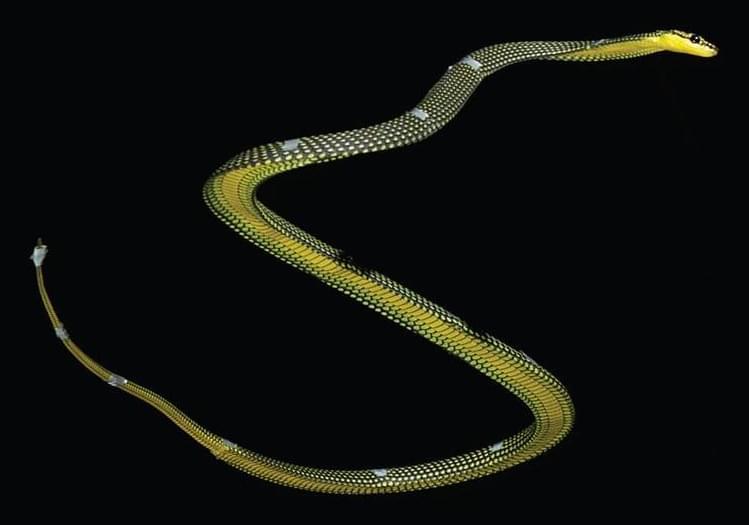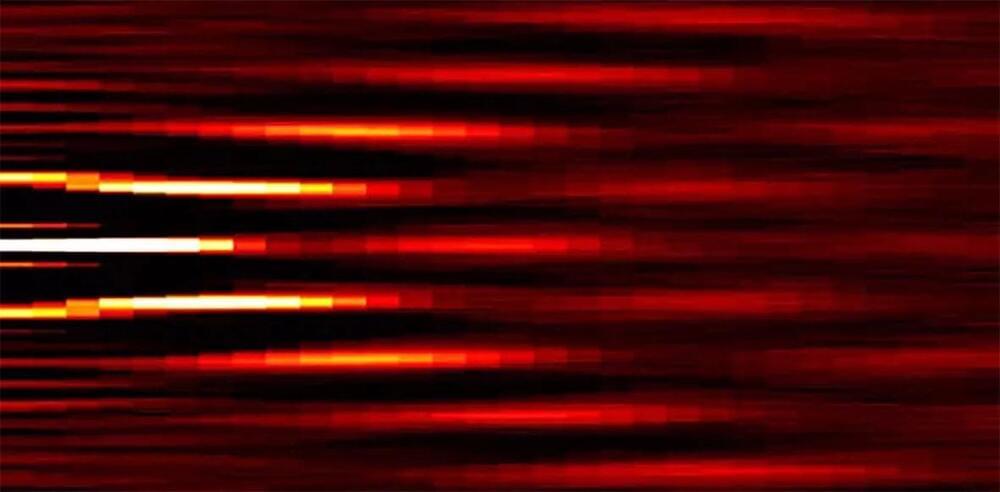Engineers at the University of Illinois Chicago have built a machine that captures carbon from flue gas and converts it to ethylene.
The device integrates a carbon capture system with an ethylene conversation system for the first time. Moreover, the system not only runs on electricity, but it also removes more carbon from the environment than it generates—making it what scientists call net-negative on carbon emissions.
Among manufactured chemicals worldwide, ethylene ranks third for carbon emissions after ammonia and cement. Ethylene is used not only to create plastic products for the packaging, agricultural and automotive industries but also to produce chemicals used in antifreeze, medical sterilizers and vinyl siding for houses, for example.






